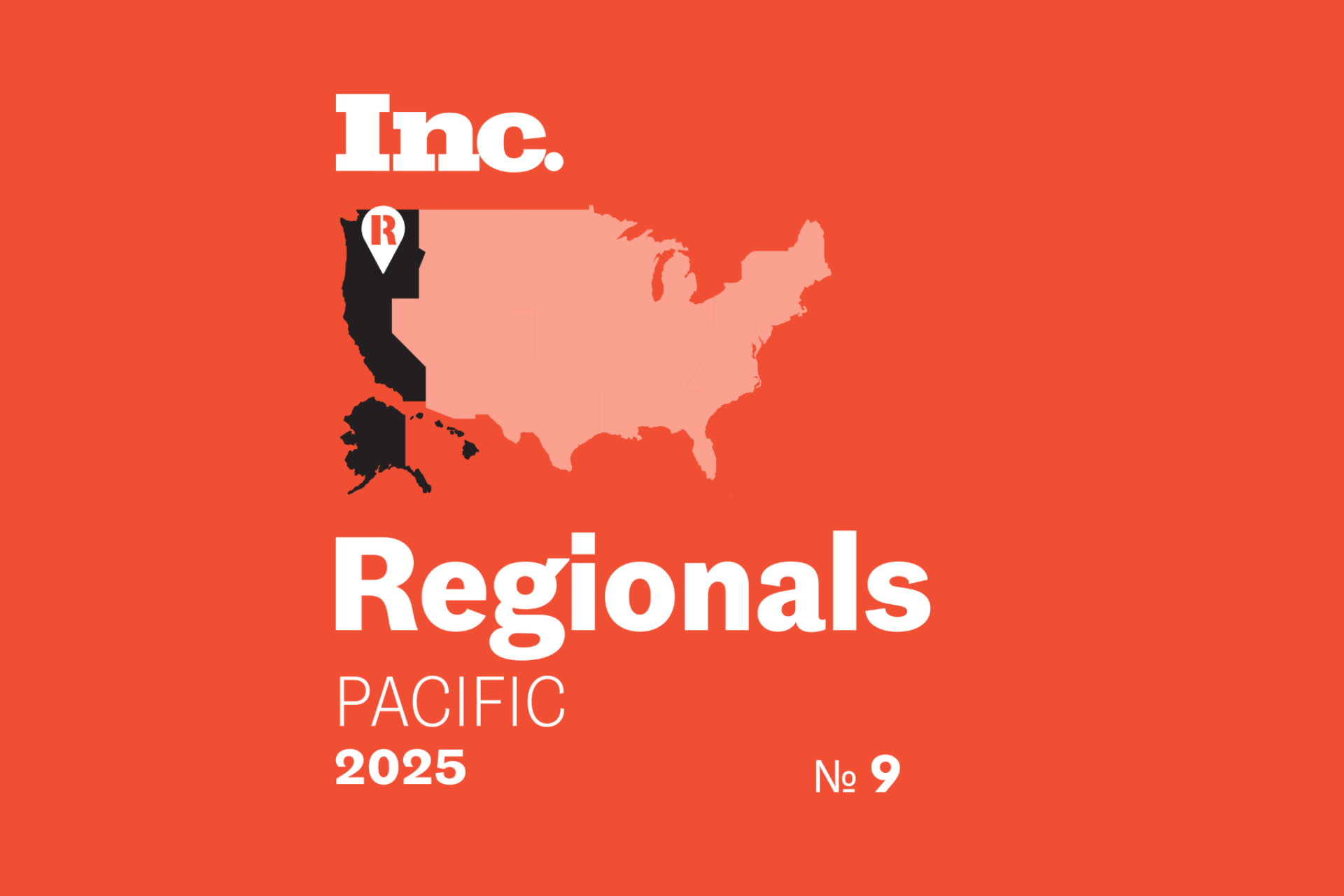Taxes don’t have to be overwhelming, even for busy architecture firms. Choosing the right strategies can help keep cash flow steady and reduce stress during tax season. A little planning can go a long way, from picking the right business structure to getting the most out of deductions. Working with a CPA for architectural firms can make tackling taxes much easier while leaving you more time to focus on designing great spaces.
The goal is to simplify the process and avoid any last-minute surprises. With smart accounting and tax services, tracking expenses, and using methods like cash basis accounting, firms can stay on top of their finances and even save money. This guide offers practical tips to help architecture firms navigate tax season with confidence.
Choose the Right Business Structure
The business structure you choose shapes how you pay taxes and manage your finances. Picking the right one can save you time and money in the long run. Here’s a closer look:
Sole Proprietorships and Partnerships
If you’re operating solo or with a small team, a sole proprietorship or partnership keeps things simple. These businesses report income and expenses on the owner’s personal tax return.
For example, if an architect runs a small firm from home as a sole proprietor, they file profits or losses as part of their individual taxes. While straightforward, this structure doesn’t separate personal and business liabilities, so it’s important to weigh the risks.
S Corporations and C Corporations
For growing firms, an S corporation or C corporation can provide more structure and tax advantages. For instance, an S corp allows profits to pass directly to the owners, avoiding double taxation, while still offering personal liability protection.
On the other hand, C corps pay corporate taxes separately but can benefit from reinvesting profits into the business. Many small architecture firms find an LLC taxed as an S corp ideal, balancing simplicity and protection.
Choosing the right structure isn’t one-size-fits-all, so it’s helpful to work with a CPA for architectural firms to find the best fit for your needs.

Use Cash Basis Accounting
Cash-based accounting is a simple and practical way for architectural firms to manage their taxes. Unlike the accrual method, which tracks income and expenses when they’re earned or incurred, cash basis accounting only records them when money actually changes hands. This method can provide tax advantages, especially for firms managing tight cash flow, as it allows you to delay reporting income until you have the cash in hand.
For example, if your firm completes a design project in December but the client pays in January, you’d record that income in January under cash accounting. The same goes for expenses—if you pay for new design software in February, you’d report it then, even if you started using it earlier.
This approach is particularly helpful for small firms, as it keeps things easier to track. Combining cash-based accounting with reliable accounting services can offer innovative solutions to simplify tax planning and support better financial decisions throughout the year.
Take Advantage of Deductions
Architectural firms can reduce their taxable income by taking full advantage of deductions. Here are some common ones to keep in mind:
- Office Rent and Utilities: If you lease office space, the rent, electricity, internet, and other utilities are deductible. This includes home offices, provided they’re used exclusively for work.
- Software and Equipment: Tools like CAD software, laptops, and printers are essential for running your firm, and their costs are deductible. Even upgrades or subscriptions can count.
- Professional Development and Licensing Fees: Expenses for renewing your architecture license, attending workshops, or furthering your education can be deducted as business-related costs.
- Travel Expenses: Business trips, whether for client meetings or site visits, allow you to deduct costs like airfare, hotel stays, and meals while traveling.
- Marketing and Advertising Costs: Building your brand through online ads, brochures, or website development is tax-deductible. This includes the costs of photography for your portfolio.
- Employee Salaries and Benefits: If you have employees, their wages, benefits, and even freelance contractor payments are deductible.
Tracking all expenses meticulously throughout the year ensures you maximize these deductions and reduce your tax bill. Using professional accounting services can help you stay organized and compliant.

Claim R&D Tax Credits
Architectural firms often engage in activities that qualify for the Research & Development (R&D) tax credit, which can lead to significant tax savings. Eligible activities include:
- Developing New or Improved Designs: Creating innovative building plans or enhancing existing designs to meet unique client needs.
- Achieving LEED Certification: Designing structures that adhere to Leadership in Energy and Environmental Design standards for sustainability.
- Evaluating Alternative Design Concepts: Exploring various design approaches to determine the most effective solutions.
- Developing Unique Energy-Efficient Designs: Implementing cutting-edge techniques to reduce energy consumption in buildings.
For example, the American Institute of Architects (AIA) notes that with careful tax planning and a keen understanding of these incentives, architecture firms may be able to significantly reduce their tax bill.
To support your claim, it’s essential to document R&D activities throughout the year, ensuring compliance with federal and state regulations. Implementing effective tax strategies and financial management practices can help maximize the benefits of the R&D tax credit. Consulting with professionals experienced in this area can provide innovative solutions tailored to your firm’s needs.
Consider Cost Segregation Studies
Cost segregation studies can significantly enhance tax benefits for architectural facilities by accelerating depreciation on specific building components. By identifying and reclassifying assets such as specialized electrical systems or unique design elements, firms can shift these from standard 39-year depreciation schedules to shorter periods of 5, 7, or 15 years. This strategy increases early tax deductions, thereby improving cash flow.
For example, the IRS provides guidance on how cost segregation can reallocate property costs to tangible personal property, allowing for faster depreciation write-offs and tax benefits. Implementing such tax strategies in compliance with federal and state regulations can provide substantial financial advantages for architectural firms.
Work with a CPA
Partnering with a CPA who understands the architecture industry brings valuable financial expertise to your firm. They can help you navigate complex tax regulations, identify deductions, and optimize your overall tax strategy. With their consulting services, you can streamline processes, stay compliant with federal and state laws, and focus more on running your business. A knowledgeable CPA ensures you make informed financial decisions, reduce tax burdens, and position your firm for long-term success.
Plan Ahead
Proper planning is key to staying on top of tax obligations and avoiding last-minute stress. If you’re self-employed, set aside around 40% of your net income to cover taxes, ensuring you’re prepared for quarterly payments or year-end dues.
To avoid delays, aim to organize and submit all necessary financial information to your accountant by mid-February. Remember, corporate tax returns are due by March 15th, while individual returns must be filed by April 15th. Staying proactive with these deadlines ensures smoother filings and minimizes potential penalties.
Wrapping Up: Tax Best Practices for Architects
Managing taxes doesn’t have to be stressful—smart planning and organization can make all the difference for architecture firms. By choosing the right business structure, tracking expenses diligently, and taking advantage of deductions and credits, you can reduce your tax burden while staying compliant with IRS rules.
Partnering with financial experts and planning for key deadlines ensures your firm avoids surprises and stays focused on what matters most—creating inspiring designs.
Think of taxes as another project to manage efficiently. With proper documentation and proactive strategies, you can optimize your tax position year-round, improving cash flow and setting your firm up for long-term success.








